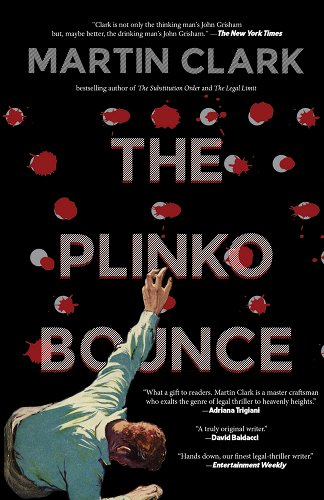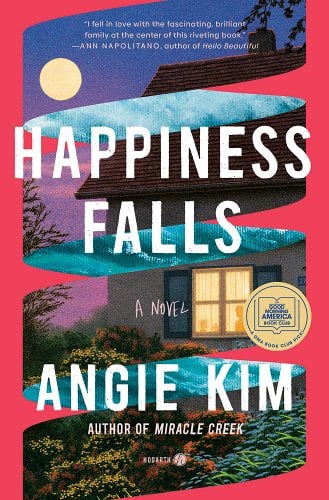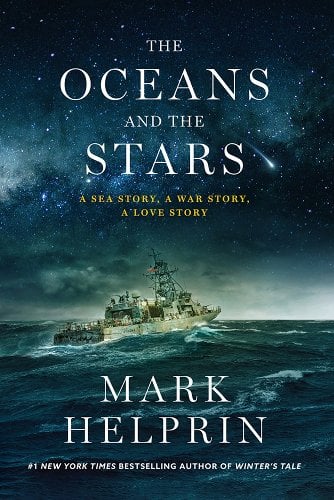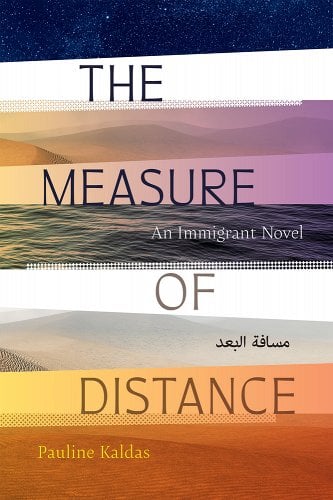Pathogenesis: A History of the World in Eight Plagues by Jonathan Kennedy was my April book club selection. I found it fascinating. From the hypothesis that Neanderthal and other early human species died out from infectious diseases that homo sapiens brought with them when they left Africa, to the brutal assessment of the handling of Covid-19 by the liberal West, the book may not be a history of the world, but it is certainly a revealing discussion of the role such diseases have played over time. Some of the ideas—that Europeans brought deadly diseases with them to the Americas, devastating the indigenous populations—were not new, but the detail and scale of the problem were. I listened to the author read the book, and unfortunately, I found it a little hard to follow, as the timeline was rather jumbled. I wish I had had the book in front of me to help me keep track.
The Plinko Bounce by Martin Clark is a mystery set in Virginia, which seemed a good enough reason to read it. Clark writes legal thrillers/mysteries and this one centers on a public defender who is tasked with defending a lowlife drug addict who has confessed to killing the wife of a prominent businessman. From the beginning we learn that there is a technical problem with the Miranda warnings read to the defendant by his arresting officer, and with that opening the killer changes his story, denying that he committed the crime. This puts the public defender in a tough spot because he has to represent a guy he knows is very bad news. The PD is also going through some stuff in his personal life, and there are some interesting wrinkles (that don’t matter much in the end) in the life of the murder victim and her family. And entertaining mystery.
What Happened Was by Katharine Haake (April 2024) is a book I was asked to blurb: The “postworld” as revealed in Katharine Haake’s immensely imaginative new book of speculative fiction, What Happened Was, is frightening and inevitable, yet oddly comforting. With playful charm and lyrical prose that sometimes masks the horrors of this new world, Haake takes the reader on an unforgettable tour of landscapes that are both familiar and startlingly new. Provocative and beautifully written, this is a reading experience like no other.
The House is On Fire by Rachel Beanland is a historical novel set in Richmond, Virginia in 1811 based on an actual event. During a performance at the Richmond Theater, the set catches fire from a candle and burns to the ground, killing a great many people. The story follows four people in the aftermath of the fire: a widow (and daughter of the former Governor, Patrick Henry); a young stagehand; an enslaved man who saves more than a dozen lives; and an enslaved woman who had accompanied her mistress to the theater but, of course, was seated in a different section. It’s an engaging story revealed with satisfying detail of the period. Before I read the book, I attended a talk the author gave about her sources and the extensive research she did, as well as the liberties she took to fill in the gaps.
Happiness Falls by Angie Kim is an engaging story narrated by a college student who is at home with her parents and brothers because of the pandemic (and, also, it’s summer break). Mia’s voice is annoying (intentionally, because she’s described as being hyperlexic, which is borne out by the narrative). She talks about what is happening at length and with long flashbacks when connections come to mind. Her tale, which is retrospective because she clearly knows how things turn out, begins when her autistic younger brother arrives home without their father, who should be with him. The rest of the book is trying to figure out what happened to the father, and one way they do that is by attempting to communicate with the non-speaking boy using disputed therapy techniques.
The House of Eve by Sadeqa Johnson is a story set in 1948 in Philadelphia and Washington about two African American women whose stories at first seem completely separate. There is Eleanor, a student at Howard University in DC, and also Ruby, a high school girl in Philly who aspires to be a doctor. Their experiences are similar. Eleanor falls in love with a med student, the son of a wealthy black family, and fears that she doesn’t fit into their environment. Ruby falls in love with a Jewish boy and encounters even more difficulties. These relationships have their ups and downs, both seemingly doomed because of class and racial differences and disapproving parents. Eventually, as the reader suspects, the lives of Eleanor and Ruby will intersect.
The Oceans and the Stars by Mark Helprin is a novel and, I think, the first of Helprin’s that I’ve read. It begins with a reference to a Navy Captain’s court-martial, but then we immediately jump to what he did that got him into trouble. As an aide to the Secretary of the Navy, the Captain spoke his mind in front of the President about the value of PCs (Patrol Coastal vessels) which the President wants to do away with in favor of bigger ships. As punishment, the captain is sent to command a PC, which would be below his rank, and his career is basically over. Then a war breaks out and the captain is a hero, which pisses the President off. Oh, and there’s a romance, too, between the captain and a tax lawyer. While I appreciated the court-martial scenes, the rest of it was far too detailed for my taste (ships, battles, gruesome deaths), and the romance too contrived. But, at 500 pages, it’s an impressive work.
The Measure of Distance by Pauline Kaldas is a novel that is similar to The House on Sun Street, which I also read recently. While that book was about an extended family affected by the revolution in Iran, here we have an extended family that experiences and anticipates upheaval in Egypt. That upheaval leads many members of the family to emigrate, some to the US, others to Canada or elsewhere. While the language is lyrical and moving, there’s a lot of family history that is simply told, making it less compelling. Also, like the Iran novel, there doesn’t seem to be an overall arc to the book. Still, it was a pleasant read and made me keen to read more about Egypt.








